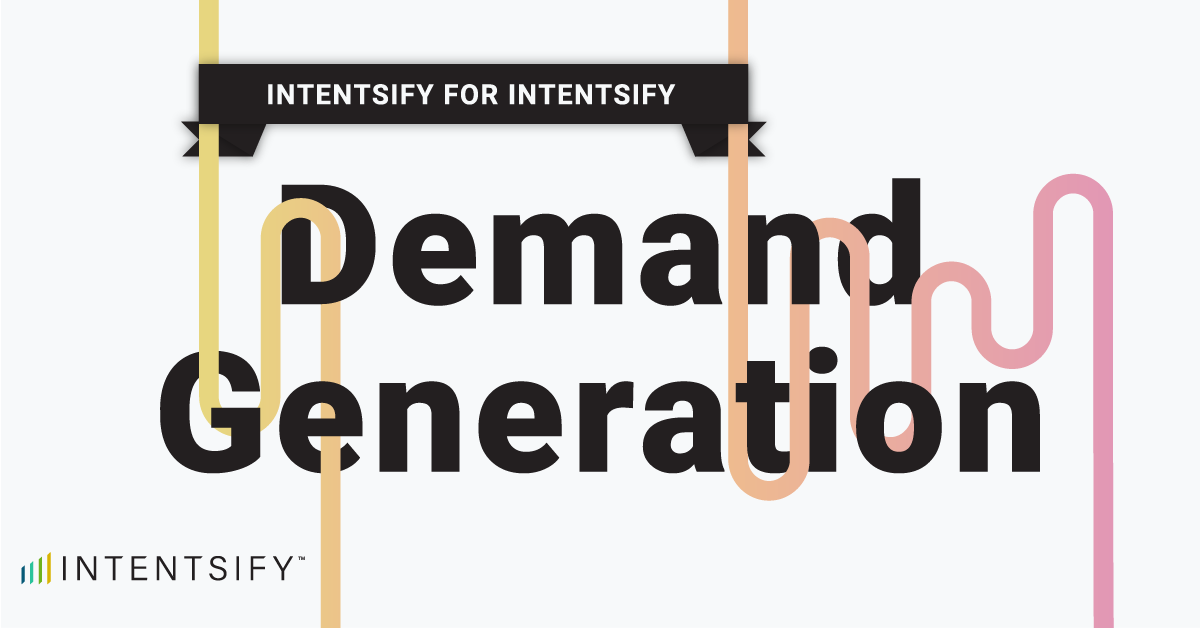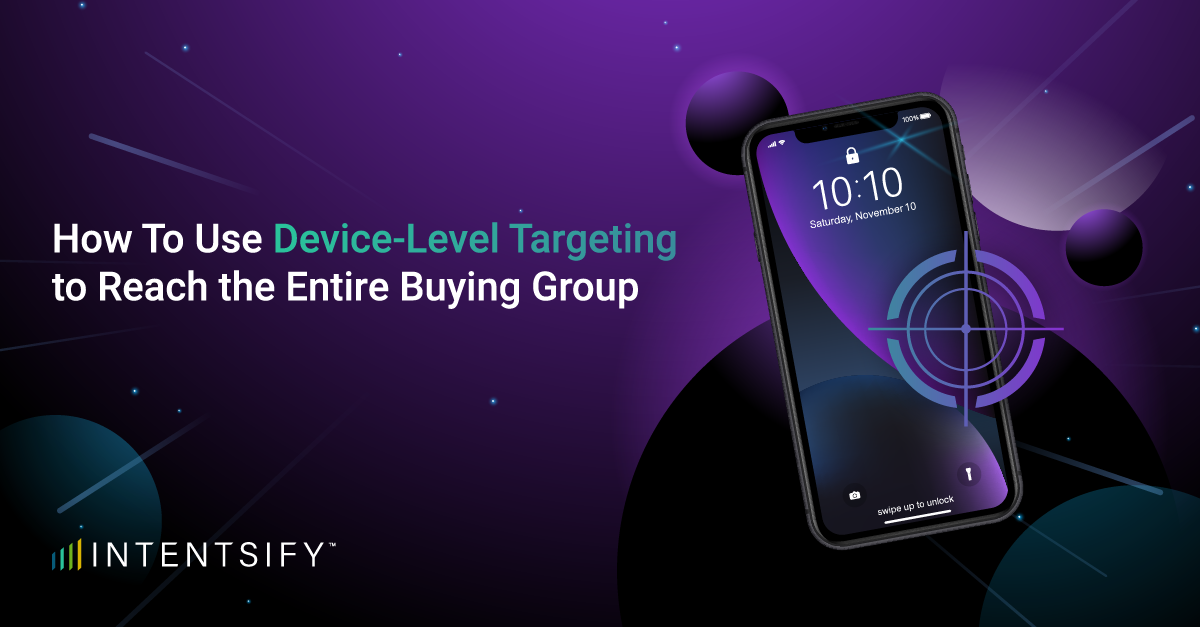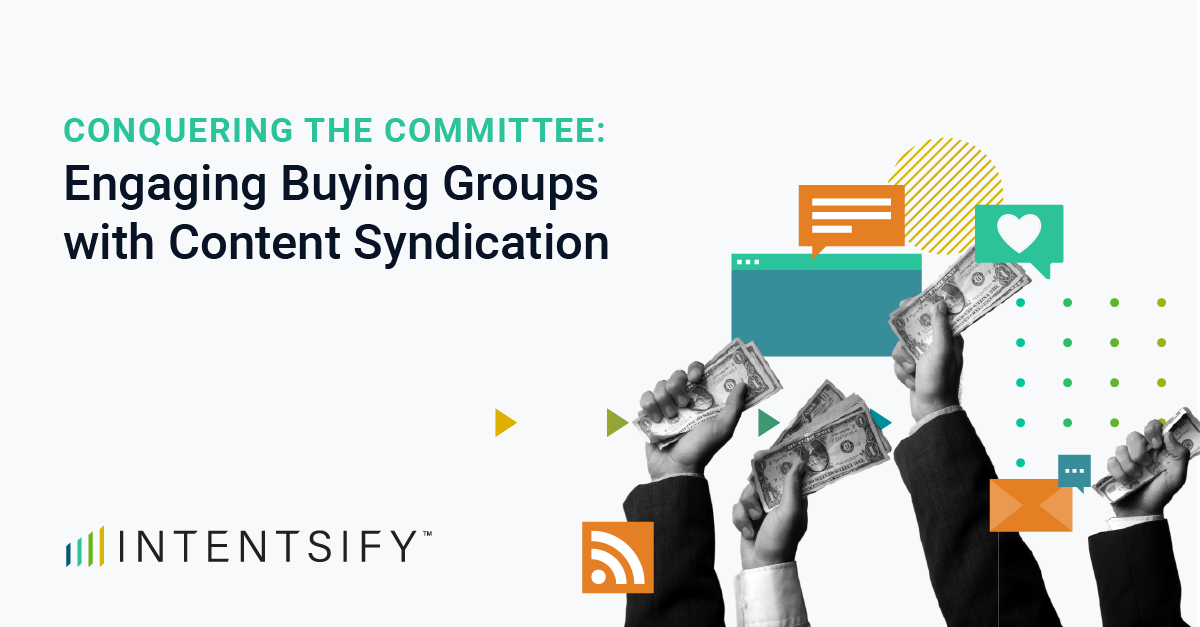Trying to crack the B2B SEO code? It’s not just about traffic. It’s about attracting the right kind of people at the right time. Here’s how to find and rank for keywords your buyers are actually searching for.
So, what even is B2B SEO?
Let’s start with the basics. B2B SEO, or business-to-business search engine optimization, is all about making sure your company shows up when other businesses are looking for the products or services you offer. Unlike B2C, where customers often buy based on emotions or quick decisions, B2B buyers are usually part of a longer, more complex process. They do research, weigh options, send internal emails, set up meetings, and only then make a decision. That means your SEO needs to be laser-focused on the kind of content and keywords that will matter to these decision-makers.
B2B SEO is not about ranking for flashy topics with tons of search volume. It’s about showing up with purpose and speaking to the person behind the search who might actually be ready to take the next step. When done right, it helps you reach a more qualified audience, support your sales funnel, and build serious brand credibility.
SEO Fun Facts, per Hubspot’s State of Marketing Report:
- A reported 32% of marketers leverage website and blog SEO, making it the second-most used marketing strategy in B2B. First? Events and trade shows.
- In 2024, half of B2B marketers planned to raise SEO budgets. Another 43% intend to invest the same amount as previously.
- When measuring content marketing success, 39% of B2B marketers focus on sales, 30% on web traffic, and 20% on conversion rate as their primary metric.
Why high-intent keywords matter more in B2B
In B2B, not all traffic is created equal. You could rank number one for something like “how to run a webinar” and pull in thousands of visits, but if none of those visitors are actually looking for webinar software or ready to buy, what’s the point? However, high-intent keywords get meaningful results. These are the keywords used by people who aren’t just browsing, they’re ready to take action, request a demo, or talk to sales.
There are different types of search intent, and understanding them is key. Examples:
- Informational keywords like “what is B2B SEO” are helpful for building awareness.
- Navigational keywords like “Salesforce pricing” show that the searcher is already familiar with your brand.
- Transactional or commercial intent keywords, like “best B2B CRM” or “B2B email platform comparison” are the goldmine. These searchers are closer to making a decision and more likely to convert.
The unique challenge of B2B SEO: Long sales cycles and niche buyers
One of the most challenging parts of B2B SEO is that the buying process isn’t quick or straightforward. Your audience likely has multiple personas that comprise a buying group. There might be a marketer researching options, a finance person looking at cost, and a CTO making sure your product fits their stack. And even if one of them loves your offering, there’s still a process of getting buy-in, presenting a proposal, and waiting for approvals.
On top of that, your buyers are usually looking for very specific solutions. They want content that speaks directly to their roles, their challenges, and their industry. You can’t write one blog post and hope it reaches everyone. Your SEO strategy must be tailored to different people at different stages of the journey. That’s why B2B SEO isn’t just about volume. It’s about precision.
Step 1: Start with ICPs and buyer journey mapping
Before you even open a keyword research tool, pause and think about who you’re targeting. Your Ideal Customer Profile, or ICP, should guide everything. This isn’t just a vague persona. Get specific. Are you targeting marketing managers at SaaS companies? Operations leads at multi-location healthcare clinics? Small agency owners? Knowing your ICP helps you think like your buyer, and anticipate what they’re actually typing into Google.
Once you’ve nailed down your ICP, map out their journey. From the moment they realize they have a problem to where they’re ready to choose a solution, they’ll go through four key research stages:
- Awareness
- Interest
- Consideration
- Decision
Each stage comes with its own questions and keyword opportunities. For example, if you sell scheduling software for healthcare, someone might start by searching “how to reduce no-shows” and later move on to “top appointment scheduling platforms for clinics.” Your job is to identify those stages and match them with the right keywords.
Step 2: Dig into high-intent keyword research
Now that you know who you’re targeting and how they move through the funnel, it’s time to figure out what they’re actually searching for. This is where keyword research comes in. Use keyword tools to dig up keywords that are relevant, specific, and tied to action.
Look for keywords that include phrases like “best,” “top,” “for [industry],” or “vs [competitor].” These show intent. For example, “best B2B CRM for startups” or “Marketo alternatives” are strong indicators that the person is further along in the journey. Also, pay attention to lower-volume, long-tail keywords. In B2B, these can be even more valuable than high-volume terms because they reflect a more specific need. A keyword that gets 100 searches a month might bring in just five leads, but if those leads convert into six-figure contracts, that’s a win.
Step 3: Create content that matches search intent
Once you’ve got a list of high-intent keywords, you need to create the right kind of content to rank for them. Don’t just stuff your keywords into a generic blog post and call it a day. You need to match the format and tone to the type of query and where the searcher is in the buyer journey. For informational keywords, create helpful blog posts that educate. For comparison queries, build side-by-side breakdowns or listicles. For transactional terms, focus on product pages, case studies, or demo landing pages.
A good way to get started is to Google the keyword and study the current top-ranking pages.
- What kind of content is already working?
- Is it a list, a how-to guide, a product review?
That’s your benchmark. Your goal is to create something that is more helpful, more specific, and easier to digest than what’s already there. The closer your content aligns with the searcher’s intent, the more likely it is to rank and convert.
Step 4: Own the SERP with multiple formats
One of the smartest ways to build authority and increase visibility is to dominate the search engine results page, or SERP, from multiple angles. In B2B, trust is everything. If a potential buyer sees your brand show up more than once, maybe in a blog post, a product page, and a video, they’re more likely to click and remember you. This is especially important because B2B buyers don’t just click the first result and call it a day. They compare. They evaluate. They want to see options.
So, think beyond blog posts.
- Create landing pages optimized for specific keywords.
- Add schema markup to pull in rich results.
- Include video walkthroughs of your product or explainer content that answers key questions.
If someone searches “best ABM platform for enterprise,” give them a comparison article, a downloadable checklist, and a demo video, all optimized for that query. That’s how you take up more space in the SERP and build more trust with your audience.
Step 5: Sprinkle SEO across your entire funnel
A big mistake B2B brands make is limiting SEO to the blog. Your blog is just one piece of the puzzle. SEO should be baked into your entire website, from top to bottom. You can optimize your case studies, product pages, demo requests, FAQ sections, and even webinar titles for search. The more touchpoints you optimize, the more likely you are to capture buyers at different stages of their journey.
Think about how someone might search for a solution after reading one of your blog posts. Maybe they type in “[your product] for healthcare organizations” or “how to request a [product] demo.” Those are great keyword opportunities for deeper pages like service overviews or demo forms. Also, don’t forget about CRO, or conversion rate optimization. Once someone lands on a page, you want to make it easy for them to take action. Use clear CTAs, trust signals, and content that reinforces their interest without overwhelming them.
Step 6: Don’t ignore technical SEO and page performance
Behind every high-performing B2B SEO strategy is a technically sound website. If your site is slow, hard to navigate, or not mobile-friendly, your rankings and conversions will suffer. Make sure your site loads fast and that all your pages are mobile-optimized. Use a clean URL structure, include internal links to relevant content, and fix broken links or redirect chains that confuse both users and search engines.
You’ll also want to create an XML sitemap and submit it to Google Search Console. This helps search engines find and index your pages more efficiently. Use structured data (schema) to give context to your content and help your pages qualify for featured snippets or other enhanced results. Lastly, prioritize accessibility. Your content should be easy to read, easy to navigate, and fast to load no matter who’s viewing it or what device they’re using.
Step 7: Measure what matters
SEO success isn’t just about rankings or traffic. In B2B, the metrics that matter are tied to business outcomes. That means tracking leads, buying group engagement, opportunities, and revenue generated from organic search. Set up conversion goals in Google Analytics to monitor how your SEO pages are performing. Use UTM parameters to track which keywords or blog posts lead to form fills or demo requests.
Talk to your sales team regularly to find out which leads came through search and which content helped them convert. It helps you identify what’s working, what needs improvement, and where to invest more time and budget. Don’t just focus on vanity metrics like clicks or impressions. Go deeper and align your SEO goals with the business goals that actually matter.
Read More: How to Conduct an SEO Audit
TL;DR
If you’re trying to grow your brand with SEO for B2B, don’t focus on traffic alone. Instead, zoom in on high-intent keywords that speak directly to your ideal buyer. Think about where they are in their journey and what they’re really trying to find. Create content that matches their intent, format it in a way they expect, and make sure your site is technically sound and easy to convert on. Track not just visits, but actual revenue and pipeline generated. That’s how you win at B2B SEO without spinning your wheels.
B2B SEO doesn’t have to be intimidating or boring. It’s just about being strategic, intentional, and deeply tuned into what your audience actually wants. When you identify the right high-intent keywords and build content that matches each stage of your buyer’s journey, you’ll start to see real results, not just in rankings but in leads, demos, and deals.






